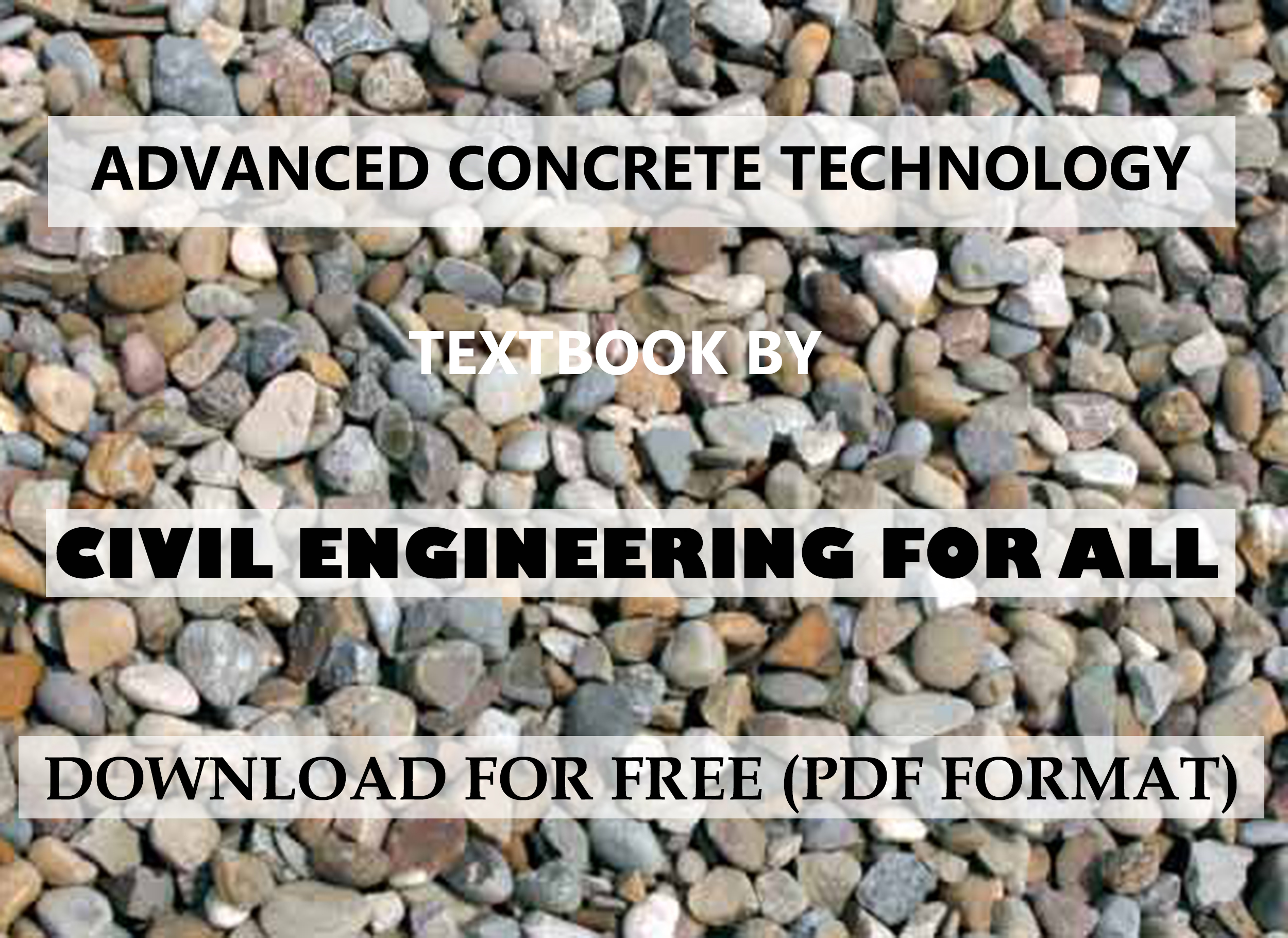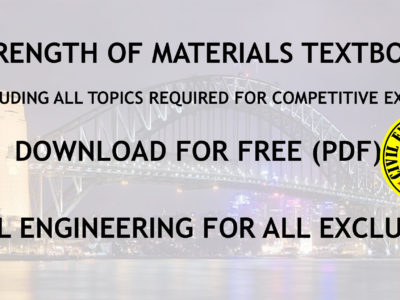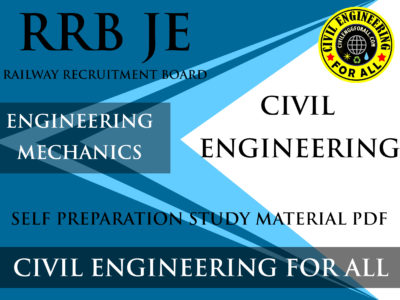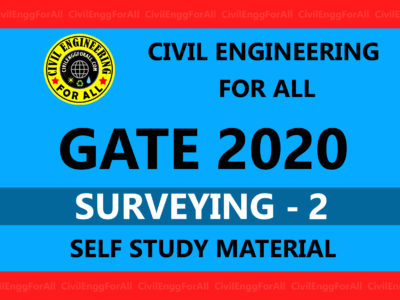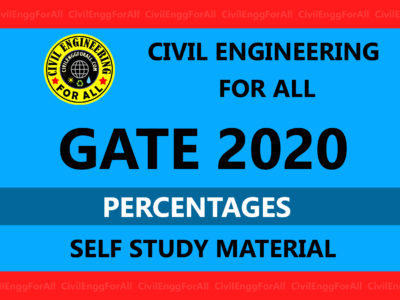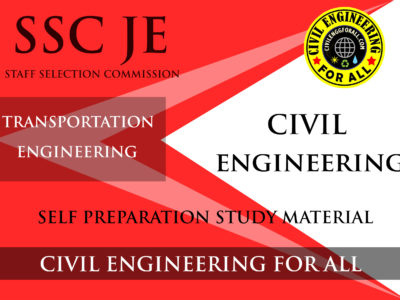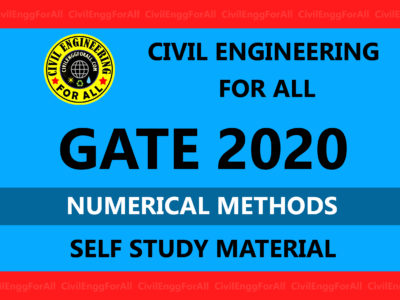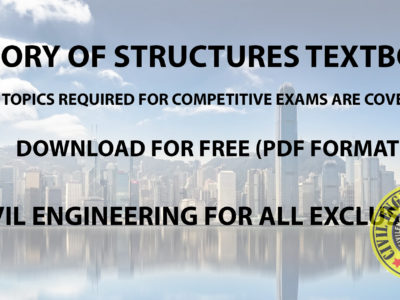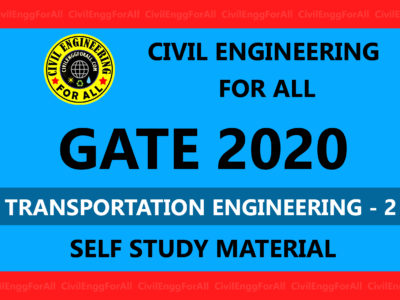
CONTENTS
- Introduction to Concrete
- Materials for making Concrete
- Fresh Concrete
- Structure of Concrete
- Hardened Concrete
- Advanced Cementitious Composites
- Concrete Fracture Mechanics
- Non Destructive Testing in Concrete Engineering
- The Future and Development Trends of Concrete
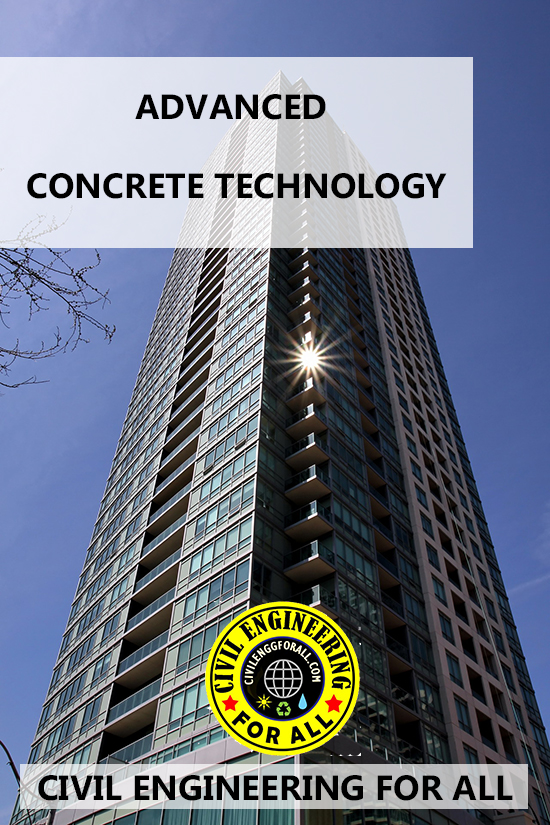
CONCRETE DEFINITION AND HISTORICAL DEVELOPMENT
Concrete is a manmade building material that looks like stone. The word “concrete” is derived from the Latin concretus, meaning “to grow together.” Concrete is a composite material composed of coarse granular material (the aggregate or filler) embedded in a hard matrix of material (the cement or binder) that fills the space among the aggregate particles and glues them together. Alternatively, we can say that concrete is a composite material that consists essentially of a binding medium in which are embedded particles or fragments of aggregates. The simplest definition of concrete can be written as
concrete = filler + binder
Depending on what kind of binder is used, concrete can be named in different ways. For instance, if a concrete in made with non-hydraulic cement, it is called non-hydraulic cement concrete; if a concrete made of hydraulic cement, it is called hydraulic cement concrete; if a concrete is made of asphalt, it is called asphalt concrete; if a concrete is made of polymer, it is called polymer concrete. Both non-hydraulic and hydraulic cement need water to mix in and react. They differ here in the ability to gain strength in water. Non-hydraulic cement cannot gain strength in water, while hydraulic cement does.
RCC IES MASTER GATE MATERIAL : CLICK HERE
Nonhydraulic cement concretes are the oldest used in human history. As early as around 6500 bc, nonhydraulic cement concretes were used by the Syrians and spread through Egypt, the Middle East, Crete, Cyprus, and ancient Greece. However, it was the Romans who refined the mixture’s use. The nonhydraulic cements used at that time were gypsum and lime. The Romans used a primal mix for their concrete. It consisted of small pieces of gravel and coarse sand mixed with hot lime and water, and sometimes even animal blood. The Romans were known to have made wide usage of concrete for building roads. It is interesting to learn that they built some 5300 miles of roads using concrete. Concrete is a very strong building material. Historical evidence also points out that the Romans used pozzolana, animal fat, milk, and blood as admixtures for building concrete. To trim down shrinkage, they were known to have used horsehair. Historical evidence shows that the Assyrians and Babylonians used clay as the bonding material. Lime was obtained by calcining limestone with a reaction of
CaCO3 (at 10000C) -> CaO + CO2
When CaO is mixed with water, it can react with water to form
CaO + H2O (at ambient temperature) -> Ca(OH)2
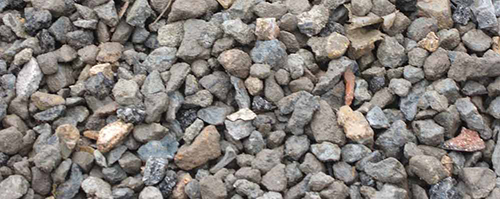
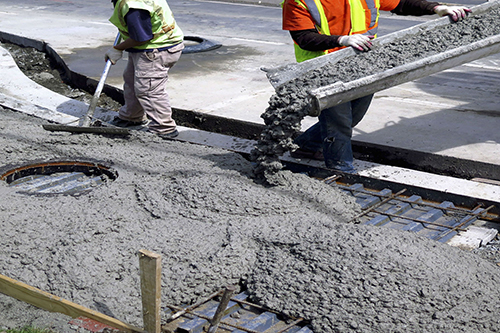

RCC ACE GATE NOTES : CLICK HERE
Advantages of concrete
(a) Economical: Concrete is the most inexpensive and the most readily available material in the world. The cost of production of concrete is low compared with other engineered construction materials. The three major components in concrete are water, aggregate, and cement. Compared with steels, plastics, and polymers, these components are the most inexpensive, and are available in every corner of the world. This enables concrete to be produced worldwide at very low cost for local markets, thus avoiding the transport expenses necessary for most other materials.
(b) Ambient temperature-hardened material: Because cement is a low-temperature bonded inorganic material and its reaction occurs at room temperature, concrete can gain its strength at ambient temperature. No high temperature is needed.
(c) Ability to be cast: Fresh concrete is flowable like a liquid and hence can be poured into various formworks to form different desired shapes and sizes right on a construction site. Hence, concrete can be cast into many different configurations. One good example to show concrete castability is the Baha’I Temple located in Wilmette, Illinois, USA. The very complex configurations of the different shapes of flowers in the wall and roof are all cast by concrete.
(d) Energy efficient: Compared with steel, the energy consumption of concrete production is low. The energy required to produce plain concrete is only 450–750 kWh/ton and that of reinforced concrete is 800–3200 kWh/ton, while structural steel requires 8000 kWh/ton or more to make.
(e) Excellent resistance to water: Unlike wood (timber) and steel, concrete can be hardened in water and can withstand the action of water without serious deterioration, which makes concrete an ideal material for building structures to control, store, and transport water, such as pipelines, dams, and submarine structures. A typical example of a pipeline application is the Central Arizona Project, which provides water from the Colorado river to central Arizona. The system contains 1560 pipe sections, each 6.7 m long, 7.5 m outside diameter, and 6.4 m inside diameter. Contrary to popular belief, water is not deleterious to concrete, even to reinforced concrete; it is the chemicals dissolved in water, such as chlorides, sulphates, and carbon dioxide, that cause deterioration of concrete structures.
(f) High-temperature resistance: Concrete conducts heat slowly and is able to store considerable quantities of heat from the environment. Moreover, the main hydrate that provides binding to aggregates in concrete, calcium silicate hydrate (C–S–H), will not be completely dehydrated until 910 Degrees Celsius. Thus, concrete can withstand high temperatures much better than wood and steel. Even in a fire, a concrete structure can withstand heat for 2–6 hours, leaving sufficient time for people to be rescued. This is why concrete is frequently used to build up protective layers for a steel structure.
(g) Ability to consume waste: With the development of industry, more and more by-products or waste has been generated, causing a serious environmental pollution problem. To solve the problem, people have to find a way to consume such wastes. It has been found that many industrial wastes can be recycled as a substitute (replacement) for cement or aggregate, such as fly ash, slag (GGBFS = ground granulated blast-furnaces slag), waste glass, and ground vehicle tires in concrete. Production of concrete with the incorporation of industrial waste not only provides an effective way to protect our environment, but also leads to better performance of a concrete structure. Due to the large amount of concrete produced annually, it is possible to completely consume most of industry waste in the world, provided that suitable techniques for individual waste incorporation are available.
(h) Ability to work with reinforcing steel: Concrete has a similar value to steel for the coefficient of thermal expansion (steel 1.2 × 10−5; concrete 1.0–1.5 × 10−5). Concrete produces a good protection to steel due to existence of CH and other alkalis (this is for normal conditions). Therefore, while steel bars provide the necessary tensile strength, concrete provides a perfect environment for the steel, acting as a physical barrier to the ingress of aggressive species and giving chemical protection in a highly alkaline environment (pH value is about 13.5), in which black steel is readily passivated.
(i) Less maintenance required: Under normal conditions, concrete structures do not need coating or painting as protection for weathering, while for a steel or wooden structure, it is necessary. Moreover, the coatings and paintings have to be replaced few years. Thus, the maintenance cost for concrete structures is much lower than that for steel or wooden structures.
RCC ACE GATE MATERIAL : CLICK HERE
Limitations
(a) Quasi-brittle failure mode: The failure mode of materials can be classified into three categories: Brittle failure, quasi-brittle failure, and ductile failure. Glass is a typical brittle material. It will break as soon as its tension strength is reached. Materials exhibiting a strain-softening behaviour are called quasi-brittle materials. Both brittle and quasi-brittle materials fail suddenly without giving a large deformation as a warning sign. Ductile failure is a failure with a large deformation that serves as a warning before collapse, such as low-carbon steel. Concrete is a type of quasi-brittle material with low fracture toughness. Usually, concrete has to be used with steel bars to form so-called reinforced concrete, in which steel bars are used to carry tension and the concrete compression loads. Moreover, concrete can provide a structure with excellent stability. Reinforced concrete is realized as the second generation of concrete.

(b) Low tensile strength: Concrete has different values in compression and tension strength. Its tension strength is only about 1/10 of its compressive strength for normal-strength concrete, or lower for high-strength concrete. To improve the tensile strength of concrete, fibre-reinforced concrete and polymer concrete have been developed.
(c) Low toughness (ductility): Toughness is usually defined as the ability of a material to consume energy. Toughness can be evaluated by the area of a load–displacement curve. Compared to steel, concrete has very low toughness, with a value only about 1/50 to 1/100 of that of steel. Adding fibers is a good way to improve the toughness of concrete.

(d) Low specific strength (strength/density ratio): For normal-strength concrete, the specific strength is less than 20, while for steel it is about 40. There are two ways to increase concrete specific strength: one is to reduce its density and the other is to increase its strength. Hence, lightweight concrete and high-strength concrete have been developed.
(e) Formwork is needed: Fresh concrete is in a liquid state and needs formwork to hold its shape and to support its weight. Formwork can be made of steel or wood. The formwork is expensive because it is labor intensive and time-consuming. To improve efficiency, precast techniques have been developed.
(f) Long curing time: The design index for concrete strength is the 28-day compressive strength. Hence, full strength development needs a month at ambient temperature. The improvement measure to reduce the curing period is steam curing or microwave curing.
(g) Working with cracks: Even for reinforced concrete structure members, the tension side has a concrete cover to protect the steel bars. Due to the low tensile strength, the concrete cover cracks. To solve the crack problem, prestressed concrete is developed, and it is also realized as a third-generation concrete. Most reinforced concrete structures have existing cracks on their tension sides while carrying the service load.
ADVANCED CONCRETE TECHNOLOGY TEXTBOOK BY CIVILENGGFORALL PDF
DOWNLOAD LINK : CLICK HERE
PASSWORD : CivilEnggForAll
OTHER USEFUL BOOKS
- RAJASTHAN STAFF SELECTION BOARD (RSSB) JUNIOR ENGINEER DIPLOMA CIVIL ENGINEERING EXAM 2022 – HINDI & ENGLISH MEDIUM SOLVED PAPER – FREE DOWNLOAD PDF (CivilEnggForAll.com)
- ISRO TECHNICAL ASSISTANT EXAM 2022 – CIVIL ENGINEERING – HINDI & ENGLISH MEDIUM – SOLVED PAPER – FREE DOWNLOAD PDF (CivilEnggForAll.com)
- MADHYA PRADESH PUBLIC SERVICE (MPPSC) COMMISSION – ASSISTANT ENGINEER EXAM – MPPSC AE 2021 CIVIL ENGINEERING – SOLVED PAPER WITH EXPLANATIONS – PDF FREE DOWNLOAD
- BIHAR PUBLIC SERVICE COMMISSION (BPSC) ASSISTANT ENGINEER EXAM – 2022 – CIVIL ENGINEERING – SOLVED PAPER – FREE DOWNLOAD PDF (CivilEnggForAll.com)
- ODISHA PUBLIC SERVICE COMMISSION – OPSC AEE PANCHAYATI RAJ EXAM 2021 – SOLVED PAPER WITH EXPLANATION – FREE DOWNLOAD PDF

